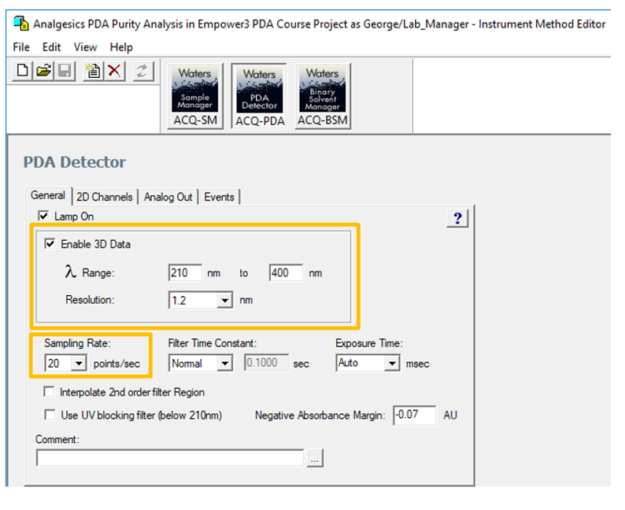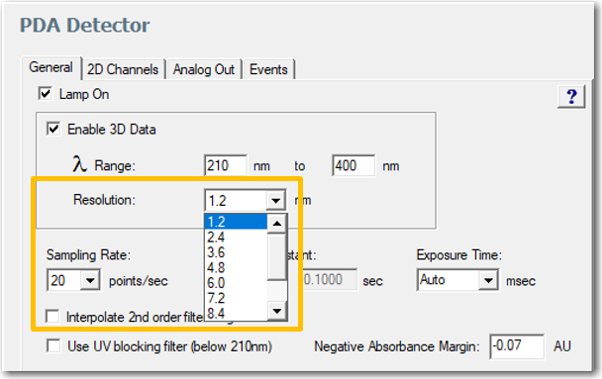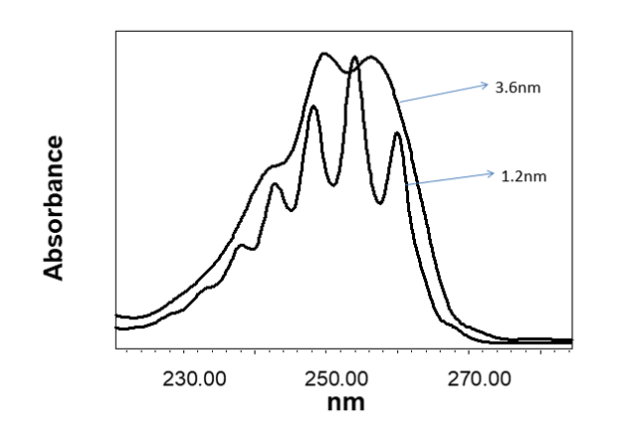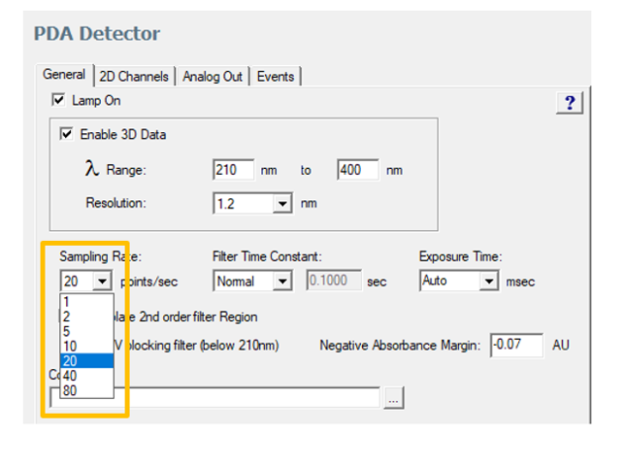How to work with 3D PDA data in Empower Software (Part 1)- Tip134
OBJECTIVE or GOAL
Welcome back to Get Empowered! In the last Empower tip-of-the-week post for Empower Chromatography Data Software, we concluded our series on using peak detection and integration algorithms with GPC/SEC data (Tip #133).
In this week’s tip, I am going to start a new series on determining peak purity when working with 3D PDA data.
Q: What does the term peak purity mean?
A: Peak purity is spectral homogeneity or more simply put, evaluating the UV spectra across a chromatographic peak to determine if they are the same. Peak purity is not chemical purity and keep in mind if there is an impurity under a peak which does not have a chromophore, the PDA will not detect it. Let’s begin with recommendations for the Instrument Method.
Let’s get started.
ENVIRONMENT
- Empower
PROCEDURE
- There are three critical parameters to keep in mind when setting up the Instrument Method regardless of model – wavelength range, resolution, and sampling rate. The wavelength range should start above the UV cutoff of the mobile phase and end in region that encompasses the absorbance for the peaks of interest. Once you collect the data, you can process the data over a smaller wavelength range, we will review this in an upcoming Empower tip.

- The recommended resolution is 1.2nm. This will result in the best possible spectral resolution which is the distance between two points on a spectrum. Notice that the resolution is in multiples of 1.2. Selecting any of the other choices will result in diode bunching or averaging.

In this example, you will lose some of the spectral shape, as shown in the overlay of the spectra of benzene collected at 1.2nm and 3.6nm respectively.

- The sampling rate should be set to yield a minimum of 12 spectra across a chromatographic peak. (That is the minimum number of spectra Empower needs to calculate peak purity) If you are doing traditional HPLC, the resulting peaks will be relatively wide and sampling rates of 1-2 points per second are usually adequate. If you are doing UPLC or UHPLC, the resulting peaks will be relatively narrow and will require a faster sampling rate.

It’s that easy!
ADDITIONAL INFORMATION
This procedure can be followed using the QuickStart or Pro interface.
id74439, eluent, EMP2LIC, EMP2OPT, EMP2SW, EMP3GC, EMP3LIC, EMP3OPT, EMP3SW, EMPGC, EMPGPC, EMPLIC, EMPOWER2, EMPOWER3, EMPSW, SUP

